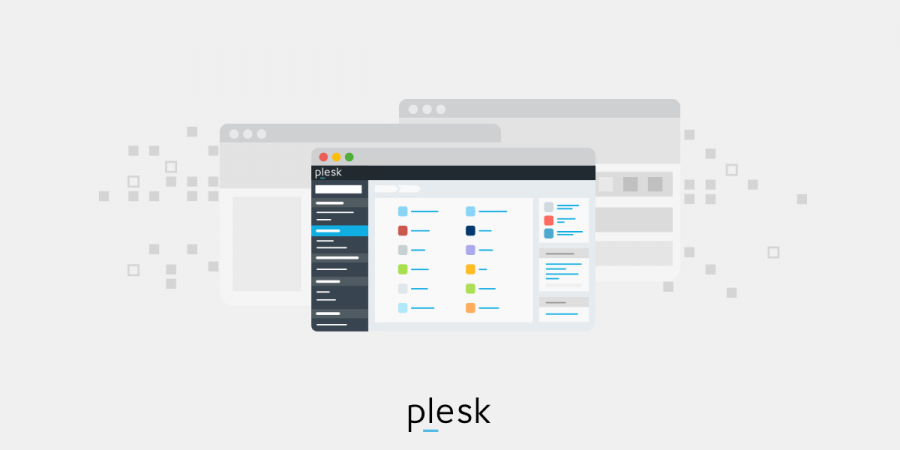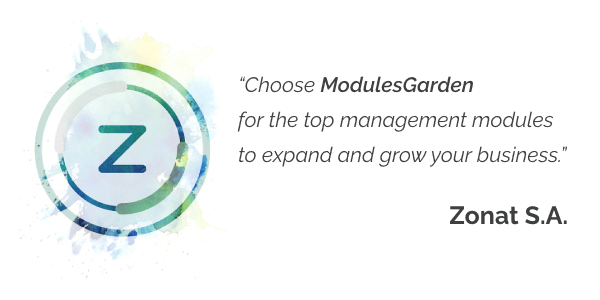
It’s a well-known fact that regular website backups are essential, but some people only discover this truth when it’s too late. It’s better to be safe than sorry, and if you have an easily accessible copy of your site when things go wrong then you’ll agree, and it needn’t be difficult. As long as you’ve backed your database and files up, you can retrieve your WordPress website yourself. You should also consider keeping one more copy of your copy, just in case your failsafe fails. Put it on an SSD, a cloud, wherever, and keep it safe. You never know when you might need it!
In this piece, we are going to look at how to restore WordPress site from a backup. There are a few ways of achieving this, so let’s dive in and see how to become better prepared for when your site becomes irretrievably compromised.
Why You Would Want to Restore Your WordPress Site From a Backup
We hope the day never comes when you need to restore WordPress site, but it may. It’s better to have a backup and not need it than to need one and not have it, so ‘be prepared’ should be your mantra! Today’s web is fraught with danger, and all manner of nefarious individuals might try to damage or destroy your site.
Even if you’re technically adept, that’s no guarantee that your site will be impregnable. And let’s face it, WordPress contains a lot of moving parts, and it only takes a single unpatched vulnerability or a mistake by an Admin, and the door may be left open to bad guys.
But this isn’t meant to make you feel helpless. Far from it. The idea is to get you into the right frame of mind. If something can go wrong, it will go wrong, but if you’re prepared, then you will weather the storm far better than somebody who just crosses their fingers.
When you know that you can quickly restore WordPress site, you will definitely sleep easier.
Common Methods for Restoring WordPress
To restore site, you’ll need a backup to restore it from, and there are several different ways of creating them. UpdraftPlus is one potential candidate for you to consider, and BlogVault is another, although be aware that they do come with limitations, such as only letting you keep your backups on particular media, and you might be frozen out of using the automatic restore option if you can’t get at your site’s backend, too.
Your host might be able to offer some help though. When you sign up with some web hosts you’ll find you can restore site from backups as part of your package, or at least, you’ll be able to purchase this option as an additional feature (that’s well worth the investment).
It’s best to do your research first before trusting your backups to hosts though, because some may put your site and its backups on the same server, which means you lose both if it ever goes down. If you are using your host’s backup facility then it can’t hurt to take the belt and braces approach of placing another backup in the cloud or on a personal device. It may be less convenient but sometimes you just have to do what’s necessary in order to stay safe.
How to Manually Restore WordPress Website from Backup
It’s possible to restore site with locally held backups using FTP, and PHPMyAdmin can also help, but despite not being completely au fait with either of them, the average person should find the process fairly straightforward.
Log in to your hosting account and fire up phpMyAdmin—the database manager
Done that? Good. Now you should be in phpMyAdmin.
If they’re using some control panel interface( e.g. Plesk or cPanel ) you should be able to get access to this platform, although you might need to hunt through their help files to find it. As soon as you’re into phpMyAdmin, locate the Databases tab.
Import your backup database
When you restore WordPress site be sure to add your new credentials to your wp-config.php file.
Click the Import tab at the top of the page after you’ve located the database you’d like to restore WordPress backup from.
Click on the Choose File in the File to Import section, find where you saved your backup database, and select it:
Next, in the Format section, click on the dropdown menu and choose SQL:
Then, click on the Go button. It may take some time for phpMyAdmin to import your backup database, but once it’s finished this part of your site (which includes your posts and pages) should be restored.
Next, click on the Go button. phpMyAdmin might take a while to fully load it, but as soon as it’s done pulling in all your site’s materials they should be reinstated to their former glory.
Log in to your FTP client
Once your database is back in business, it’s time to shift your attention towards your WordPress files. To get these back you’ll either need your hosting provider’s file manager utility or an FTP client again. You can get your login details from your host’s account if you choose this latter route. The location of this information, like the link to launch phpMyAdmin, is going to vary depending on your provider’s control panel interface.
After you’ve got FileZilla going, sign in and choose the Quick Connect option:
With any luck at all, this will permit you to get into your server. The moment the Directory listing shows “/” you’ll know that it’s been successfully updated!
Upload your WordPress backup files
FileZilla shows your local files on the left. Please ensure that your backup is not compressed and is saved on your local machine. You’ll see the ‘remote site’ (i.e. your server) on the other side of the screen.
Next, erase the old files from your server. If your backup has any bespoke code you’d like to preserve before doing so it will be unrecoverable if you don’t save it now, so it’s best to check. In FileZilla, just right-click on the old files and choose Delete.
Now it’s time to upload your backup, which in FileZilla is just a matter of clicking and dropping the files from your local device to your server. There may be another way of doing it with other platforms but this should be fairly easy to work out.
For FileZilla users, keep an eye out for three tabs at the bottom of the screen: Queued files, Failed transfers, and Successful transfers. Queued files are currently uploading.
Once they’re all done, the backup file names will show up under the Successful transfers tab. The bigger your site, the longer this whole transfer will take, but as soon as the Queued files count hits zero, you’ll know that your quest to restore WordPress site is complete.
Make sure everything works okay
If fortune has smiled upon you, you’ll have got to this point without any problems. As soon as your files have finished transferring, check that everything on your site works as it should.
First off check that your plug-ins made the transition. You might have to activate some of them again or completely install some of them again.
It’s also wise to test your Permalink structure as it may have changed because your post and page links may not work properly anymore. To prove to yourself that it’s all hunky dory, click Settings > Permalinks in your WordPress dashboard.
It’s a good idea to find a new WordPress admin password too and that goes for your users as well, including those on Multisite networks. Password security is even more of a priority than usual if you’re trying to wrangle a hacked website.
At this stage, you have an excellent chance to implement a variety of security and backup solutions. Your WordPress website should never require restoration again, but if you’re prepared, you’ll have the required information at your fingertips.
Restoring Your Website with WP Toolkit
Plesk’s WordPress Toolkit solution makes things even easier for people who use Plesk as their web hosting control panel. In addition to an auto-installer, WordPress Toolkit for Plesk offers a range of useful WordPress capabilities.
When you make use of the whole WordPress Toolkit, you’ll be able to clone current WordPress installations, use the staging environment, synchronize data across a variety of WordPress instances and install new ones, along with repair a site that’s been compromised.
Here’s how to restore WordPress website with WP Toolkit
Go to WordPress, locate the card for the WordPress installation you want to bring back, and click Back up / Restore.
Click the appropriate image restore icon.
And that’s it!
Just to be the safe side, you might consider downloading WordPress Toolkit backup files for local safekeeping too.
Conclusion
Knowing how to restore WordPress site is important. There are many ways of doing so, some giving you more control than others, but no matter what misfortune has brought your site to its knees, and while they’re all good, WP Toolkit is the best option of all for Plesk users.




